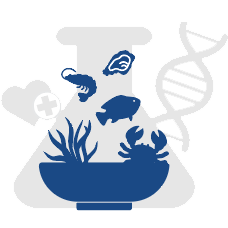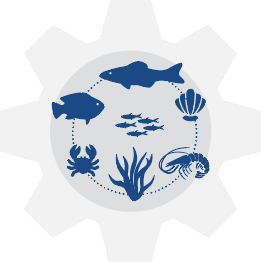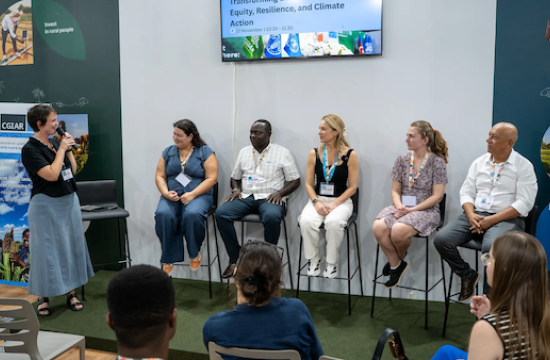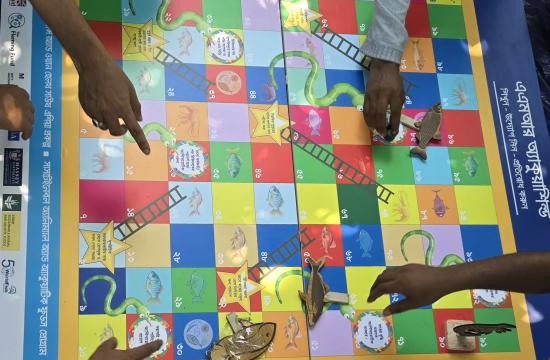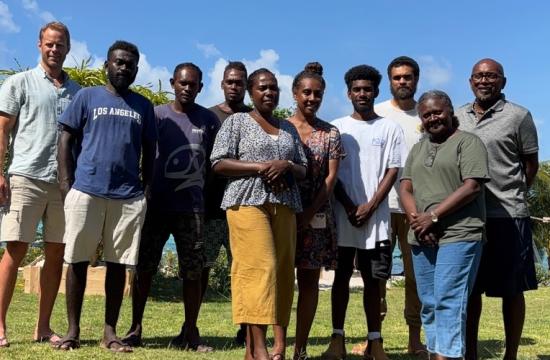Harnessing Aquatic Foods for Healthy People, Healthy Planet, and Shared Prosperity
Big Splashes Over Five Years, 2020–2025
Global Impact from WorldFish Research and Innovations
people, including women and children, nourished adequately with aquatic foods integrated in their diets
women and people from other marginalized groups empowered with greater access to resources, markets, and decision-making in the fisheries and aquaculture sector
households increased their incomes through increased sustainable production of aquatic foods
hectares restored through sustainable/ improved management of natural resources
MT of fish, seaweed, and other aquatic foods produced with reduced greenhouse gas emissions and greater resource efficiency
On behalf of WorldFish I extend our profound sympathy and sincere condolences to the Royal Family’.
The Latest
Stay up-to-date with the latest news and developments in research and innovations across aquatic food systems.
Making Aquatic Foods Count at Climate COPs
Blog
As the dust settles on COP30 in Belém, one thing is clear: aquatic foods are no longer a side conversation in climate negotiations. What was once discussed on the…
Climate, Climate and Environmental Sustainability • 19 Dec 2025
Read MorePlaying to Learn: Engaging Fish Farmer Communities and Practitioners in Antimicrobial Stewardship
Blog
Antimicrobial resistance (AMR) is a global public health threat, often driven by the irrational and excessive use of antimicrobials. In aquaculture, inappropriate and…
Environment & Biodiversity, Livelihoods, Climate and Environmental Sustainability, Social and Economic Inclusion • 18 Dec 2025
Read MoreSolomon Islands National University Centre for Island Futures and WorldFish Develop New Collaboration on Nourishing Island Food System Futures
Updates
WorldFish and the Solomon Islands National University (SINU) Centre for Island Futures have launched an expanded collaboration to strengthen island food systems,…
Gender and Youth, Climate and Environmental Sustainability, Social and Economic Inclusion • 11 Dec 2025
Read MoreBig Facts on Aquatic Foods
600
million number of people around the world who depend on small-scale fisheries and aquaculture for their livelihoods.
204
million tons - the volume of aquatic food production by 2030.
60
million - number of people engaged in the primary sector of fisheries and aquaculture in 2018.
24
trillion - the value of the ocean economy, including fisheries, shipping lanes and tourism.
